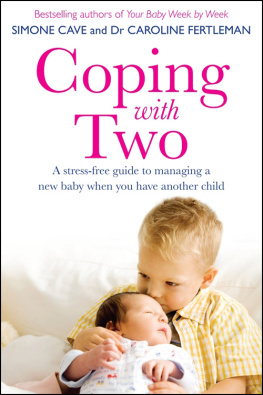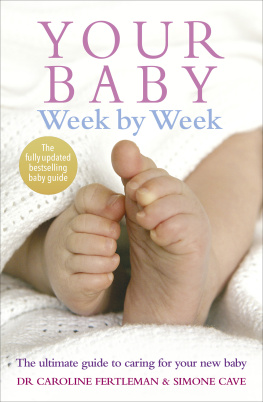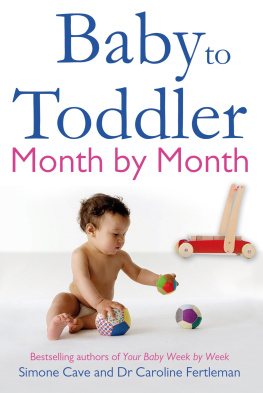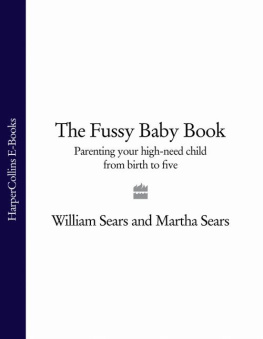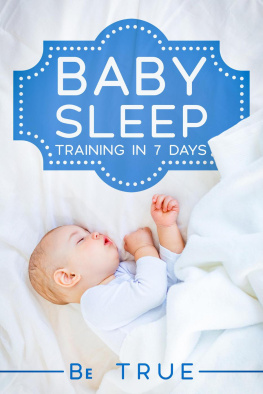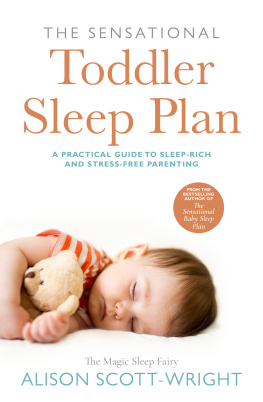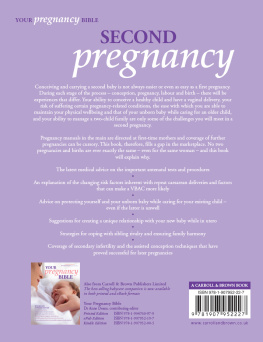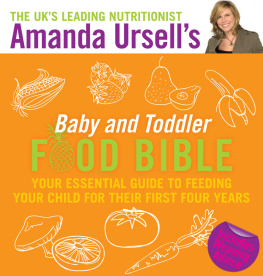First published and distributed in the United Kingdom by:
Hay House UK Ltd, 292B Kensal Rd, London W10 5BE.
Tel.: (44) 20 8962 1230; Fax: (44) 20 8962 1239.
www.hayhouse.co.uk
Published and distributed in the United States of America by:
Hay House, Inc., PO Box 5100, Carlsbad, CA 92018-5100.
Tel.: (1) 760 431 7695 or (800) 654 5126; Fax: (1) 760 431 6948 or (800) 650 5115.
www.hayhouse.com
Published and distributed in Australia by:
Hay House Australia Ltd, 18/36 Ralph St, Alexandria NSW 2015.
Tel.: (61) 2 9669 4299; Fax: (61) 2 9669 4144.
www.hayhouse.com.au
Published and distributed in the Republic of South Africa by:
Hay House SA (Pty), Ltd, PO Box 990, Witkoppen 2068.
Tel./Fax: (27) 11 467 8904. www.hayhouse.co.za
Published and distributed in India by:
Hay House Publishers India, Muskaan Complex, Plot No.3, B-2,
Vasant Kunj, New Delhi 110 070. Tel.: (91) 11 4176 1620; Fax: (91) 11 4176 1630.
www.hayhouse.co.in
Distributed in Canada by:
Raincoast, 9050 Shaughnessy St, Vancouver, BC V6P 6E5.
Tel.: (1) 604 323 7100; Fax: (1) 604 323 2600
Text Simone Cave and Caroline Fertleman, 2012
The moral rights of the authors have been asserted.
All rights reserved. No part of this book may be reproduced by any mechanical, photographic or electronic process, or in the form of a phonographic recording; nor may it be stored in a retrieval system, transmitted or otherwise be copied for public or private use, other than for fair use as brief quotations embodied in articles and reviews, without prior written permission of the publisher.
The information given in this book should not be treated as a substitute for professional medical advice; always consult a medical practitioner. Any use of information in this book is at the readers discretion and risk. Neither the authors nor the publisher can be held responsible for any loss, claim or damage arising out of the use, or misuse, or the suggestions made or the failure to take medical advice.
A catalogue record for this book is available from the British Library.
ISBN: 978-1-84850-812-5 in print
ISBN 978-1-84850-911-5 in Mobipocket format
ISBN 978-1-84850-912-2 in ePub format
To Lewis, Douglas, Natalie, Harry, Tobias and Betsy
B eing pregnant with a second baby is daunting for most mums. You may well be struggling along with your first child, and soon youll have to cope with another one. How does anyone manage with two or more children? Surely its an impossible task that can only lead to insanity and chaos?
But look around. Youll see families of two, three or more children that are busy, happy and content with lots of laughter and joy along with the usual everyday squabbles. The truth is, having two or more children isnt the nightmare that some parents fear while it can be busy and stressful, the pleasures and rewards of family life far exceed the daily challenges youll face.
Mothers of such families somehow manage to get their children fed, bathed and put to bed day in and day out, not to mention organizing the cooking, laundry and family social life. Just how do they do it?
Well, its not rocket science in fact, in most cases its just down to experience. In Coping with Two we give you all the necessary tips, techniques and strategies so that you can manage a new baby and another child right from the start. We explain how to organize everything from bathtime and bedtime to leaving the house.
Youll become so proficient that within a couple of months youll be asking yourself, How did I ever find looking after one child difficult? Because now, whenever youre with just one of your children, youll find it a doddle.
We recognize that things often dont go to plan when you have small children, which is why we include troubleshooting sections throughout the book to help you through those inevitable moments when it all kicks off. And weve also included a troubleshooting index so that you can identify key issues that your family is facing and find potential solutions quickly and easily.
Like our previous books, weve written this in an accessible dip-in-and-out style, and given masses of reassurance throughout. Were not trying to tell you what to do, but just give you options and ideas you can draw from ultimately, you know what works best for you and your family.
Beginning with early pregnancy and how to tell your eldest about the baby, the book takes you right through to when your children are old enough to argue and fight, and to when you may be thinking about baby number three or not.
Throughout the book weve referred to the baby as she, and the toddler or older child as he in order to maintain consistency and keep the book easy to follow, no matter which part youre reading. Obviously you can swap this around as appropriate, but the meanings and advice will stay the same.
WHO IS THE BOOK FOR?
Theres a lot of focus on mum throughout the book; she even has her own section in the first 10 chapters. Weve chosen to do this, rather than having a section for mum and dad, because mum is the one giving birth the first two chapters of the book are on pregnancy and birth, and we talk about post-birth issues in subsequent chapters. Also, in the majority of cases it is mum who goes on maternity leave and is the one in sole charge of the children, particularly in the early months.
Weve included tips on breastfeeding in each of the Mum sections because so many women find breastfeeding especially challenging when theyve got another child we wanted to give as much support as possible. Weve put less emphasis on bottle-feeding simply because this is more straightforward than breastfeeding if you have another child. But bottle-feeders could still glance through the section for tips on growth spurts and also keeping their toddler amused while they feed the baby.
Weve written the book assuming that just one person will be doing the bulk of the childcare, likely in many cases to be mum. However, this doesnt mean that dads cant read the book and get just as much out of it. They will certainly benefit from being up to speed on many of the strategies outlined in this book, as they will no doubt be looking after the children on their own on occasions, especially at the weekend. Grandparents, too, will benefit from the book if they find themselves having to look after two children once mum goes back to work.
We felt it was important to give strategies enabling either mum, dad or another carer to cope alone. Then any help you happen to get is a bonus, and when extra childcare isnt an option youll still be able to manage.
GETTING THE MOST FROM COPING WITH TWO
The first 10 chapters span from before your baby is born to the second year and beyond. We take you chronologically through the early weeks and months, guiding you through the new baby chaos when youve got a toddler or older child in tow.
Each chapter has different subheadings including Baby, Toddler and Child. In the Baby sections we talk in detail about your babys basic needs in the early weeks and months, as well as reminding you about various developmental milestones and how these will impact on your eldest. Although youll find looking after a baby much easier than first time around, all babies are different so you probably wont be a baby expert in everything. We have tried to second-guess such instances, for example if you have to deal with colic for the first time. We have also tried to anticipate specific difficulties you may encounter with a new baby as a second-time mum.
In we continue to use the Baby heading despite your baby being at least a year old and probably starting to walk and talk. But we felt that by keeping to the same heading for your youngest child, it makes the book easier to navigate.
Next page
